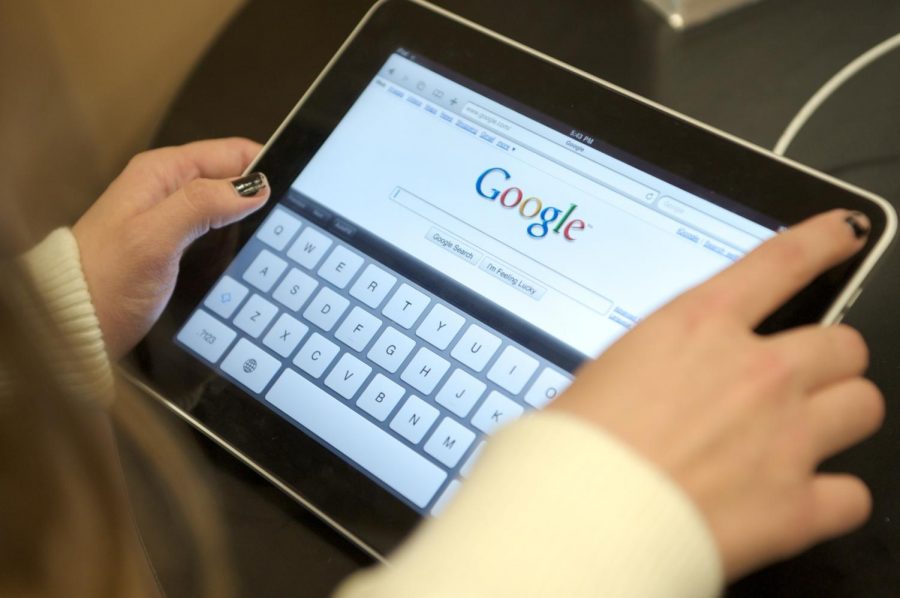We all know not to believe everything we read on the internet, especially social media, but do we really know how to do that effectively? It takes a discerning eye to efficiently sift through the landfill of information on our screens and people need to be able to do more than just identify falsehoods. Media literacy means being able to quickly distinguish fact from opinion, identify sponsored content, recognize bias or sniff out an unreliable source. Yet most adults have no formal education on how to effectively do so. In a world as inundated with content as ours, media literacy is simply literacy. It’s time colleges start prioritizing this type of training.
Misinformation has played an outsized role in many important recent events. A Buzzfeed news analysis showed that in the three months leading up to the 2016 presidential election, fake news stories garnered more engagement from readers on Facebook than actual election stories published by major networks. Four years later, the conflagration of falsities raged just as steadily, causing paranoia about the security of mail-in voting and the U.S. election system. Now, widespread misinformation about the coronavirus vaccine is complicating the rollout process, particularly in communities which have already been the hardest hit by the pandemic.
This isn’t so surprising given that falsehoods tend to spread faster and wider, especially in an environment where most consumers do not have the tools or training to weed through the vast quantities of content they are constantly exposed to. A 2019 study by MIT researchers found that false tweets, especially those spinning false political narratives, are 70 percent more likely to be retweeted than tweets containing factual information.
Additionally, people tend to seek out information that aligns with their personal and political views. Social media, where about a fifth of Americans get their news, plays on those biases. The algorithms on social media platforms show their users exactly what they want to see and what their friends—who likely have similar political views—share. This creates “filter bubbles” that skew feeds and play into confirmation biases, making users more susceptible to falsehoods that affirm their already established worldview.
To exacerbate the situation, the sheer amount of content that users are sifting through has also increased recently. Visits to a variety of digital outlets including social media, entertainment, news and retail sites spiked in April of 2020, then remained around 30 percent higher than the pre-pandemic average. News sites have also witnessed about a 28 percent increase in traffic since the start of the pandemic.
While media literacy is slowly creeping into classrooms across the country, its prevalence and the thoroughness of curriculums is highly variable. This has visible repercussions for young people. A 2016 study by Stanford researchers showed that students from middle school through college struggle to tell fake news from real and perform similarly poor in other tasks gauging media literacy.
Most middle schoolers, for instance, couldn’t differentiate sponsored content from traditional articles. Meanwhile, high schoolers rarely questioned the credibility of photos online, even those tied to bizarre stories. College students similarly struggled to tell apart mainstream and fringe news sources.
At UMass, if students come in media illiterate, chances are that they will leave that way. General education requirements are broad and do not ask students to take any course that specifically covers media literacy. So, unless a student is pursuing a major that requires courses on this topic or they seek it out on their own, they can end their formal education without ever being taught how to properly navigate the news.
Media literacy education teaches students what to look out for and where to look for it while on the internet. It gives people a greater awareness of their media environment so that they can consume information critically even if their sources have a partisan lean. These are the types of skills that make a person media literate in an increasingly digital world.
It is important that people have the skills to recognize misinformation when they first see it and don’t contribute to its spread. Once a piece of information is learned, it is very hard to unlearn or correct it. Psychology shows that, even when a falsehood is corrected, people tend to remember the original message and not the amendment.
Today’s media landscape makes adept and responsible news consumption an important and basic skill. By better incorporating media literacy in the higher-education curriculum, we can ensure that all graduates are sent into the world equipped with these necessary skills. By adding media literacy to general education requirements, colleges like UMass can modernize their curriculum to better serve both students and the communities they will one day join.
Lily Robinson can be reached at [email protected].



















